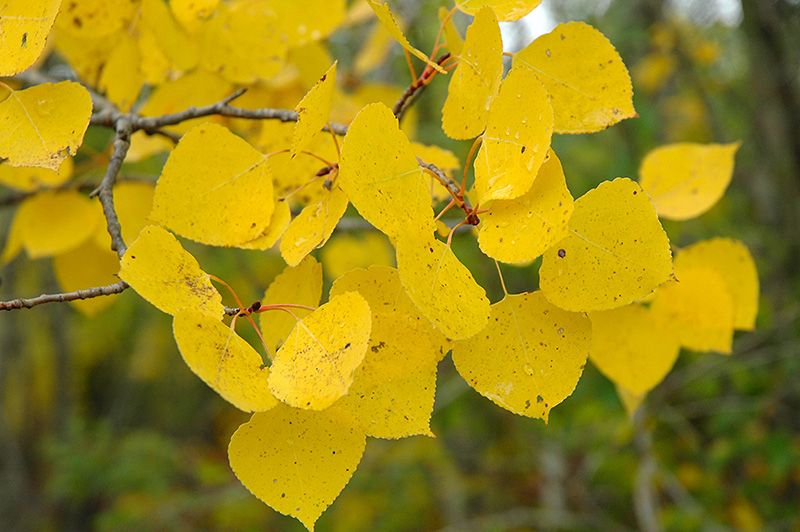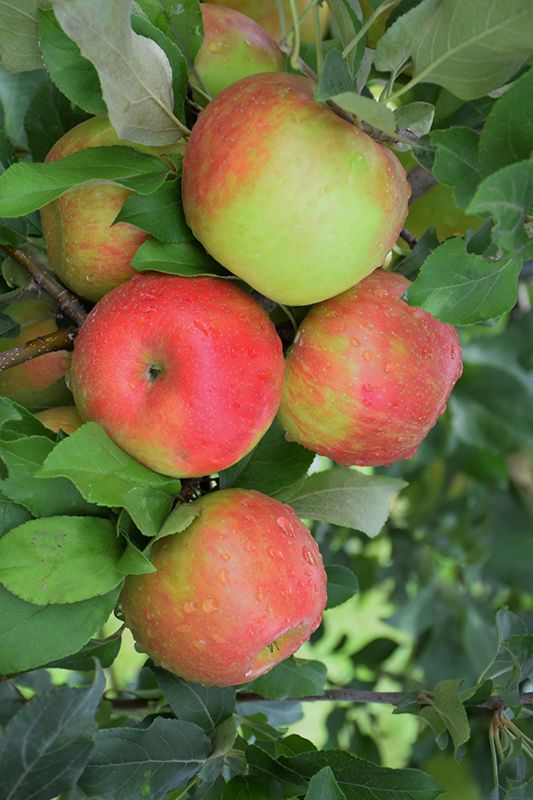Carpinus, Blue Beech 'Rising Fire®' (Large)



- Sun Preference
- Full-Sun, Part-Sun
As low as $0.00
Description
Rising Fire® Blue Beech | Carpinus caroliniana 'Uxbridge'
Other Names: American Hornbeam, Ironwood, MusclewoodA vigorous, upright, columnar selection with ascending branches; interesting gray bark is almost muscular in appearance; highly attractive red to orange fall color; excellent cold hardiness; a uniform street tree appearance for smaller areas
Minnesota's Largest Selection of Trees
At Minnesota's Destination Garden Center, we offer a diverse range of trees to suit any landscaping need. Whether you're looking for shade trees to cool your home or ornamental trees to add beauty and interest, you'll find the perfect tree at Gertens. Our knowledgeable staff can help you select the right tree for your space and provide tips for care and maintenance. Visit Gertens today and explore the unmatched variety of trees to enhance your outdoor environment!
Details
Rising Fire® Blue Beech has forest green deciduous foliage on a tree with an oval habit of growth. The serrated pointy leaves turn outstanding shades of red and in the fall. It produces small clusters of brick red hop-like fruit from early fall to late winter, which fade to brown over time. The furrowed gray bark adds an interesting dimension to the landscape.
Rising Fire® Blue Beech is a deciduous tree with a shapely oval form. Its average texture blends into the landscape, but can be balanced by one or two finer or coarser trees or shrubs for an effective composition.
This is a relatively low maintenance tree, and is best pruned in late winter once the threat of extreme cold has passed. Deer don't particularly care for this plant and will usually leave it alone in favor of tastier treats. It has no significant negative characteristics.
Rising Fire® Blue Beech is recommended for the following landscape applications;
- Accent
- Shade
- Hedges/Screening
- Naturalizing And Woodland Gardens
Rising Fire® Blue Beech will grow to be about 30 feet tall at maturity, with a spread of 15 feet. It has a low canopy with a typical clearance of 3 feet from the ground, and is suitable for planting under power lines. It grows at a fast rate, and under ideal conditions can be expected to live for 80 years or more.
This tree performs well in both full sun and full shade. It is an amazingly adaptable plant, tolerating both dry conditions and even some standing water. It is not particular as to soil type or pH. It is highly tolerant of urban pollution and will even thrive in inner city environments. Consider applying a thick mulch around the root zone in winter to protect it in exposed locations or colder microclimates. This is a selection of a native North American species.
More Information
| Available for Pre-Order | No |
|---|---|
| Tree Type | Shade & Ornamental |
| Sun Preference | Full-Sun, Part-Sun |
| USDA Hardiness Zone | 4, 5, 6, 7, 8 |
| Common Family Name | Beech |


